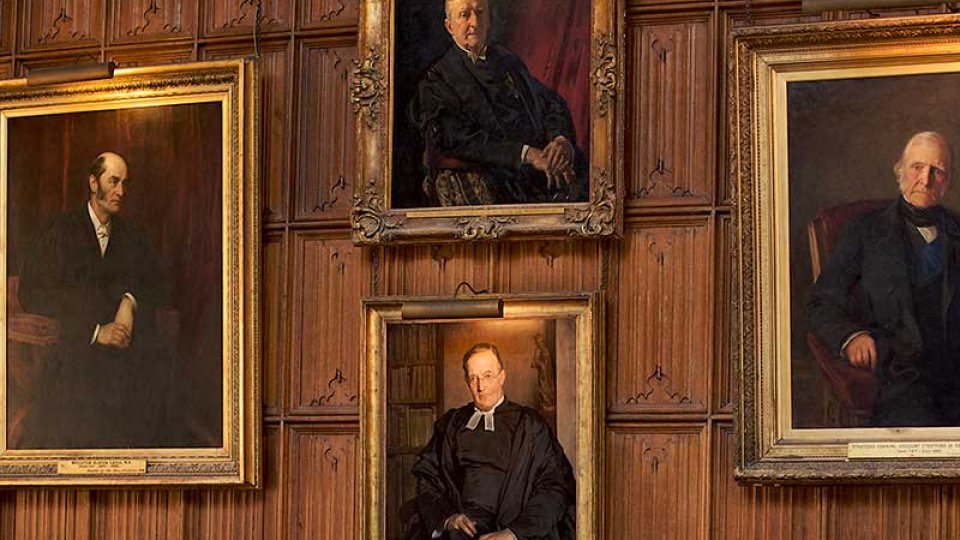
Marco’s primary research interest lies at the interface between action and spatial cognition. He is interested in understanding how animals construct mental representations of space and use these to guide their actions. His work has uncovered the organisational principles of spatial-motor representations in the brain1 and the logic governing sensory-motor alignment2. More broadly, his research has begun to highlight the integral role of motor circuits in shaping both perceptual and cognitive processes and to define the molecular identity of the neural populations involved.
Marco’s additional significant contributions include advancements in the field of motor control3 and the development of methods to map and manipulate neural circuits4.
He leads a research group at the MRC Laboratory of Molecular Biology and he has been the recipient of Starting and Consolidator ERC grants.
Selected Publications:
1. Masullo, L., Mariotti, L., Alexandre, N., Freire-Pritchett, P., Boulanger, J., Tripodi, M., 2019. Genetically Defined Functional Modules for Spatial Orienting in the Mouse Superior Colliculus. Current Biology 29, 2892-2904. https://doi.org/10.1016/j.cub.2019.07.083
2. González-Rueda, A., Jensen, K., Noormandipour, M., de Malmazet, D., Wilson, J., Ciabatti, E., Jisoo, K., Williams, E., Poort, J., Hennequin, G., and Tripodi, M., 2024. Kinetic features dictate sensorimotor alignment in the superior colliculus. Nature 631, 378–385 https://doi.org/10.1038/s41586-024-07619-2
3. Tripodi, M., Stepien, A.E., Arber, S., 2011. Motor antagonism exposed by spatial segregation and timing of neurogenesis. Nature 479, 61–66. https://doi.org/10.1038/nature10538
4. Ciabatti, E., González-Rueda, A., Mariotti, L., Morgese, F., Tripodi, M., 2017. Life-Long Genetic and Functional Access to Neural Circuits Using Self-Inactivating Rabies Virus. Cell 170, 382-392.
https://doi.org/10.1016/j.cell.2017.06.014

